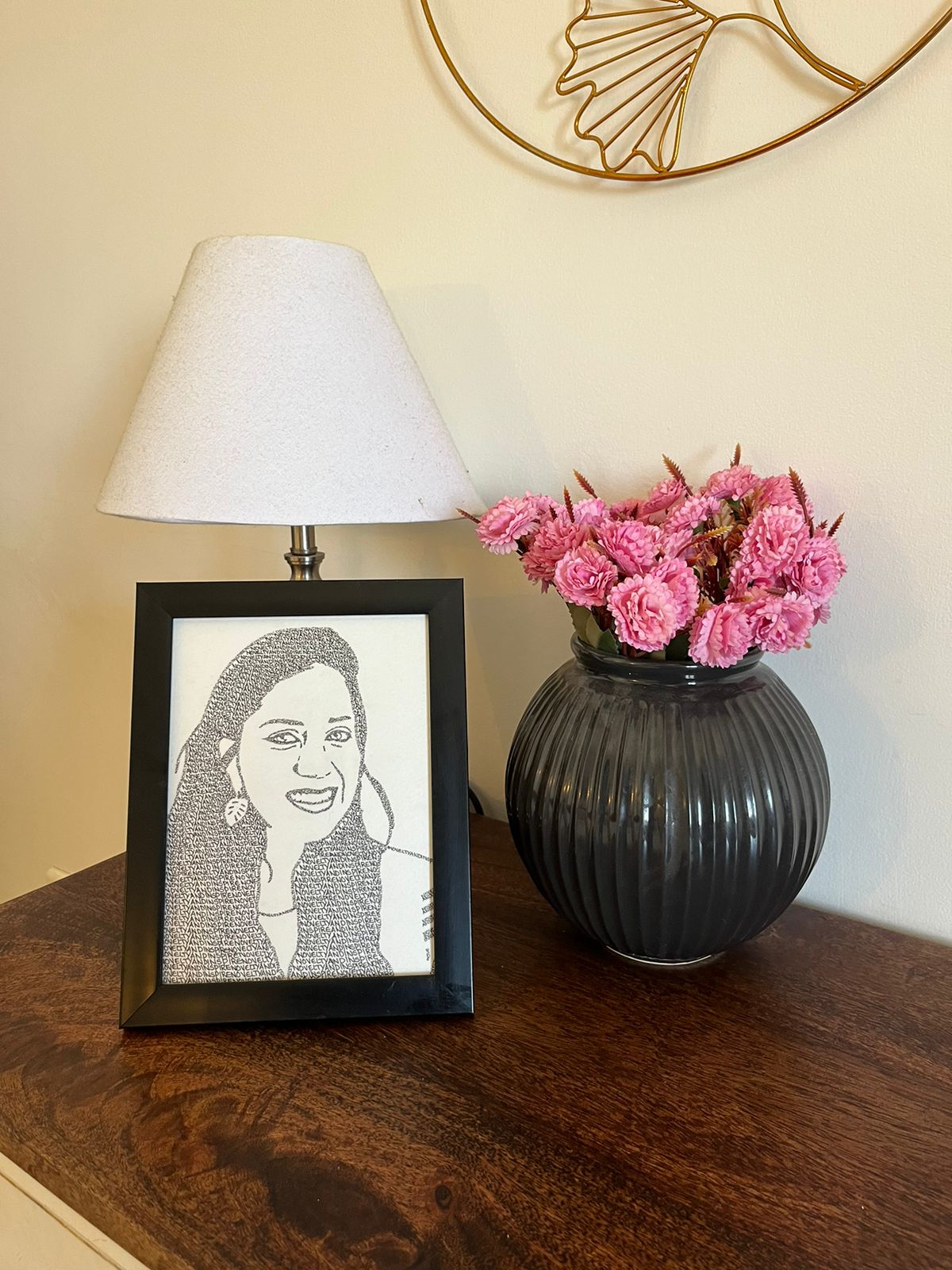In the vast realm of visual arts, acrylic portrait painting stands out as a dynamic and expressive medium, capturing the essence of individuals in bold strokes and vibrant hues. The versatility of acrylics allows artists to explore a wide range of techniques, resulting in captivating and lifelike portraits that tell a unique story. In this blog, we'll delve into the world of acrylic portrait painting, exploring its characteristics, techniques, and the endless possibilities it offers for creating compelling visual narratives.
The Allure of Acrylic Portraits
Acrylic paint, known for its quick-drying nature and vivid color palette, lends itself beautifully to portrait artistry. Artists can build layers, experiment with textures, and create a wide array of effects, from subtle glazes to thick impasto. The brilliance and permanence of acrylic pigments ensure that portraits maintain their vibrancy over time, making them a favorite among both beginners and seasoned artists.
Techniques for Acrylic Portrait Painting
- Layering: Acrylics allow artists to build up layers, creating depth and dimension in a portrait. Starting with a base layer and gradually adding details can result in a lifelike representation that captures the nuances of light and shadow.
- Blending: Achieving smooth transitions between colors is essential in portrait painting. Acrylics can be blended using wet-on-wet techniques or by layering translucent glazes to create seamless gradations.
- Texture Play: Experimenting with texture adds a tactile quality to acrylic portraits. Artists can use palette knives, sponges, or even unconventional tools to create interesting surface variations, enhancing the overall visual appeal.
- Impasto: Applying thick, textured strokes of paint (impasto) can add a three-dimensional quality to a portrait. This technique is particularly effective for highlighting certain features or conveying a sense of energy and movement.
- Underpainting: Establishing a strong underpainting provides a foundation for the portrait. Artists often use monochromatic tones to map out the composition and values before adding color layers.
Creating Your Acrylic Masterpiece:
Embarking on an acrylic portrait requires a combination of skill, observation, and a keen understanding of your subject. Whether you're aiming for realism or exploring a more abstract interpretation, the key is to let the versatility of acrylics guide your creative journey.



